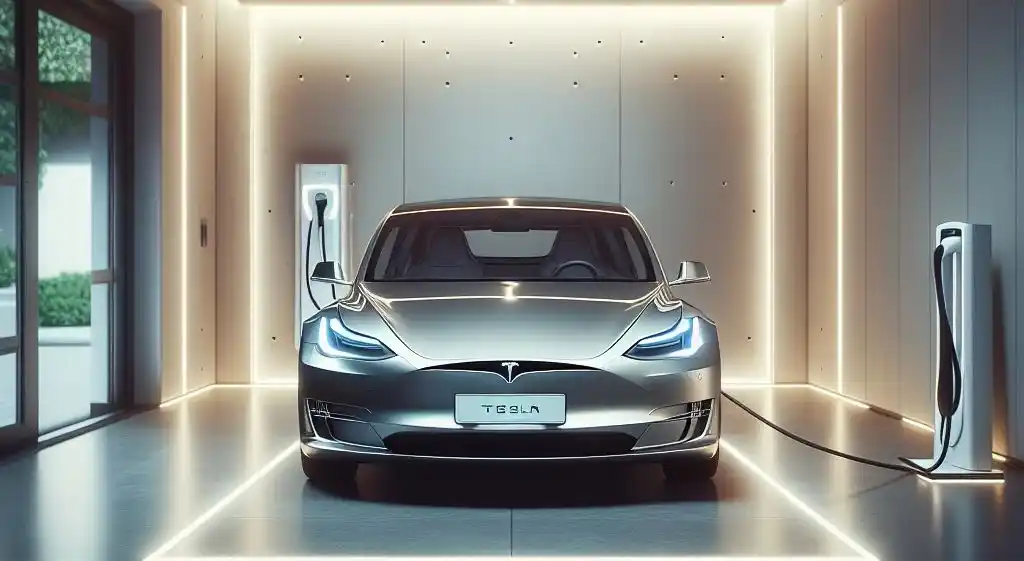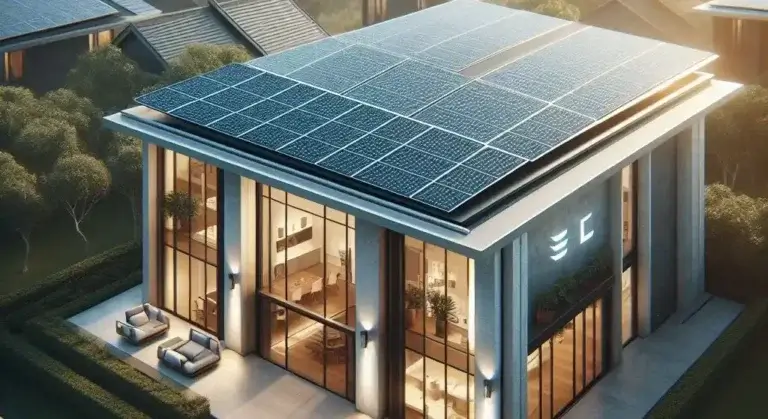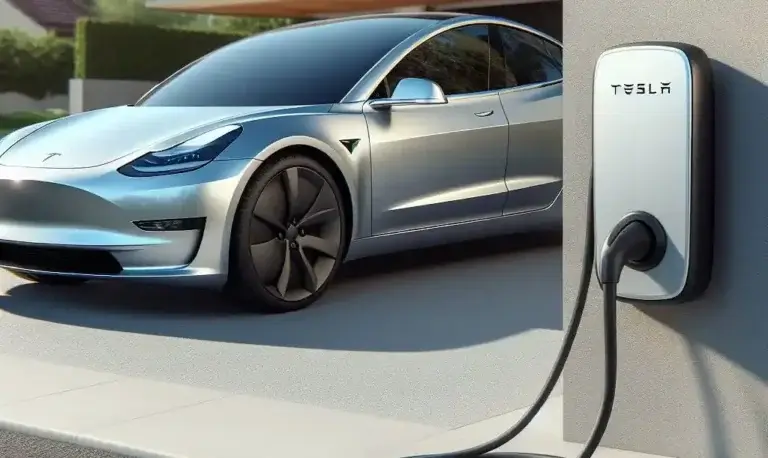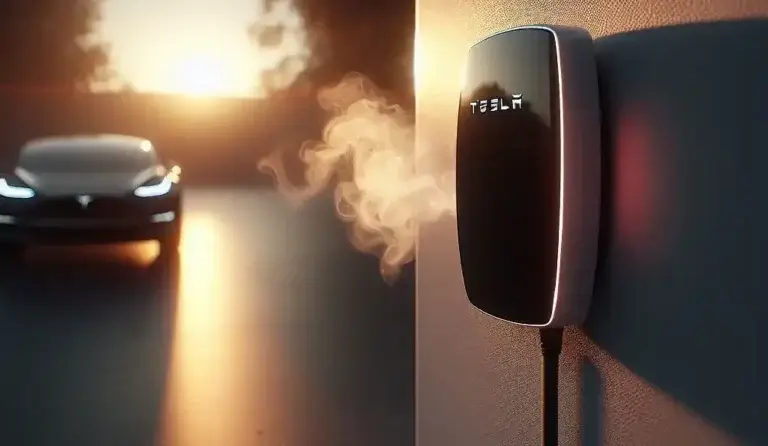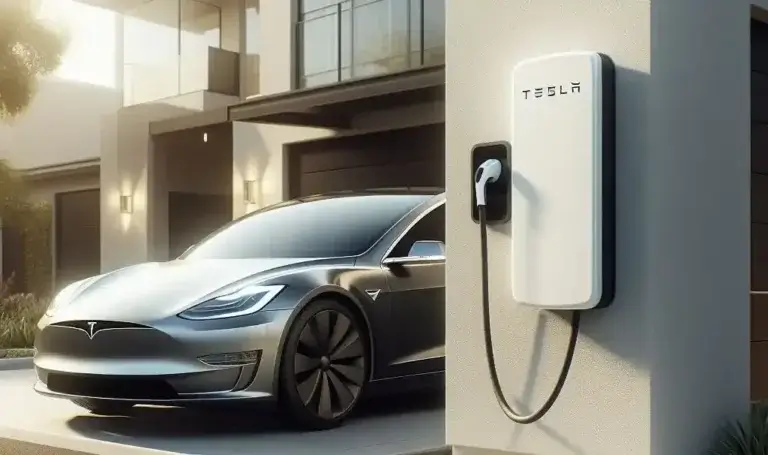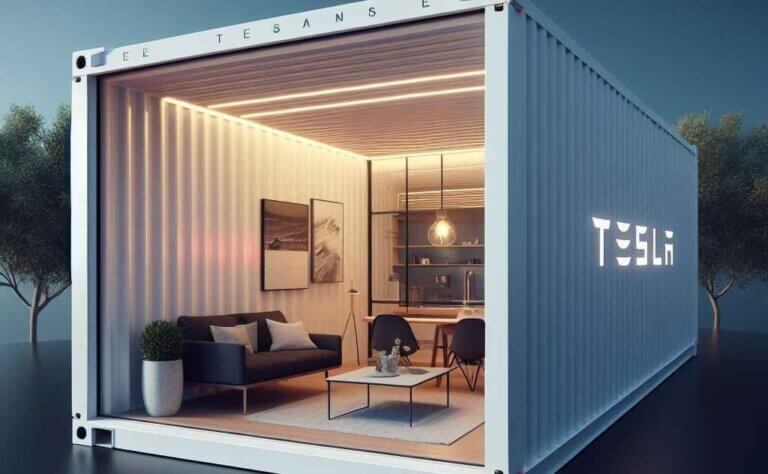Is the Tesla Mobile Charger Waterproof?
The Tesla mobile charger, also known as the mobile connector, is an important part of any Tesla owner’s toolkit. It allows you to plug your Tesla into a regular wall outlet to charge. But what if you get caught in the rain while charging? Is the Tesla mobile charger waterproof? Let’s take a closer look.
Table of Contents
An Introduction to the Tesla Mobile Charger
The Tesla mobile charger is a portable EVSE (Electric Vehicle Supply Equipment) that comes standard with all new Tesla vehicles. It’s an all-in-one unit that bundles the charging cable and connector into a compact, easy-to-carry case. There are a few key things to know about the mobile charger:
- It allows you to charge your Tesla from any standard wall outlet. No special charging equipment is needed.
- There are two generations – Gen 1 handles up to 40 Amps, and Gen 2 handles up to 32 Amps.
- It supports both 110V and 240V outlets.
- Charging speed depends on the outlet amperage. Higher amp = faster charging.
- Gen 2 includes additional features like WiFi connectivity, temperature monitoring, and ground fault protection.
Having this charger makes it convenient and flexible to charge your EV anywhere there is an outlet. But how does it hold up in wet weather conditions? Let’s dig deeper.
Is the Tesla Mobile Charger Waterproof?
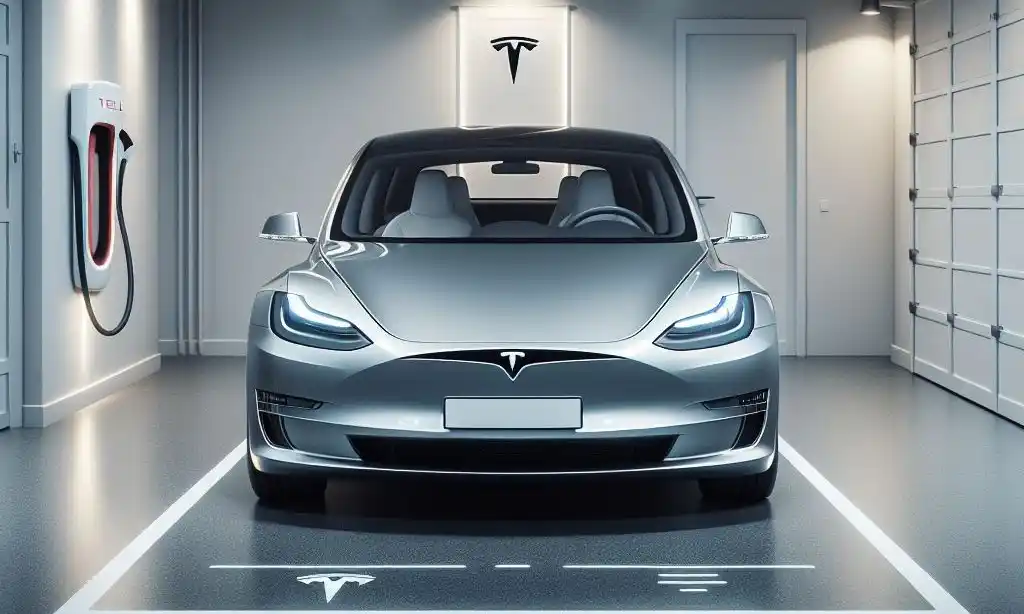
Straight to the question at hand – no, the Tesla mobile connector is not waterproof. Like most EV charging cables, it is weather-resistant but should not be exposed to direct water contact.
Both Generation 1 and Generation 2 mobile connector units are NOT designed to withstand exposure to heavy rain, sprinklers, hoses, water jets, or submersion. Doing so risks permanent damage or electric shock.
However, the connectors and case provide a degree of weather resistance against light environmental moisture like mist, fog, or drizzle. The key thing is avoiding direct, sustained water contact or immersion.
In practice, light rain or snowfall on the unit while plugged in should not cause issues as long as water does not collect, pool, or submerge the equipment. But for heavier precipitation, additional covering/protection is recommended.
Is the Mobile Connector Safe to Use in the Rain?
This concern often comes up for Tesla owners – can I get an electrocution risk using the mobile charger in rain or storms? The answer is you need to exercise caution, but it can be safe for light rain exposure if used properly.
The mobile connector, charging cable, and car charge port are designed with weather resistance in mind. The components are internally sealed and shielded to prevent moisture ingress to live electrical parts as long as connections remain undisturbed.
However, water pooling around electrical equipment can still lead to risks like:
- Electric shock from exposed currents
- Short circuits or fire from water bridging separate charge circuitry
- Ground faults triggered by current leakage outside wires
So the aim during wet weather is to keep excess moisture away from the connector interface area.
Steps to Minimize Water Exposure Risks
When using the mobile connector in light rain or snow, following these guidelines can help minimize safety hazards:
- Ensure outdoor outlet covers are closed while plugged in
- Keep charge port doors closed except when connecting
- Use weatherproof outlet covers if plugging into exterior sockets
- Avoid exposing cables and connectors to pooled/collected water
- Place unit on an elevated, covered surface rather than wet ground
- Keep equipment covered by awnings, patio covers if available
- Check equipment for moisture accumulation periodically
- Disconnect immediately & dry if significant water collects
With proper handling care to limit moisture contact, brief exposure to mist or light rain should not pose undue electrical risks for Tesla wall connectors.
However, take immediate action if you notice water collecting, pooling, or submerging equipment. The safest option is to stop charging and wait until hazardous wet weather has fully cleared. Never attempt to charge if wiring or connectors are excessively wet.
Tesla Wall Connector Chargers
For Tesla owners needing a more weatherproof charging option, installing a Tesla wall connector can provide enhanced protection over using the portable charger.
Key advantages wall connectors have over mobile chargers:
- Hardwired installation enclosed inside the weather-sealed electrical case
- Mounted on structures away from direct ground-level water exposure
- Can include articulated charge cables & connectors minimizing rain contact
- Enable faster charging from higher-capacity electrical circuits
The fixed cabling, protective housing, elevated positioning, and higher amperage mean properly installed Tesla wall units can better withstand wet environments. However, even wall connectors still require caution when exposed to driving rain or sprinklers.
They are considered weather-resistant equipment suitable for sheltered outdoor installation, but NOT explicitly waterproof. Having suitable cover from rain, such as an eave, canopy, or garage space is advised wherever permanently situating connectors.
Can I Charge My Tesla During Extreme Weather?
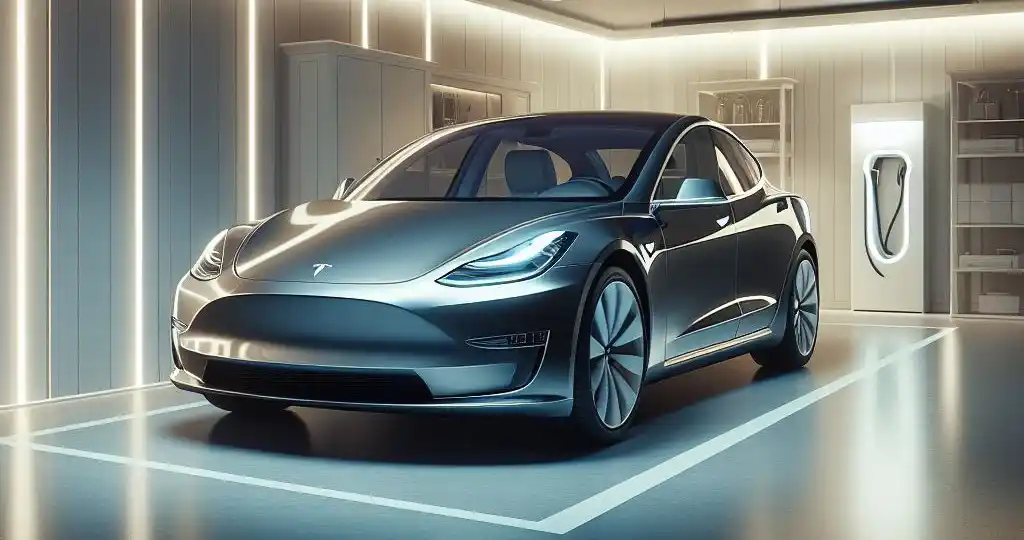
It’s best practice to avoid using either Tesla’s portable or wall-mounted chargers during severe thunderstorms with heavy rainfall, lightning, sleet/hail, and especially floods. The smart recommendation is to halt charging until the intense weather fully passes.
Examples of dangerous scenarios you’ll want to suspend charging operations for would include:
- Thunderstorms with heavy downpours & lightning strikes
- Gale force winds that can blow debris into equipment
- Major winter storms with heavy sleet/ice accumulation
- Flood conditions submerging electrical outlets or hardware
These extreme weather events pose exponentially higher safety hazards from electrocution, equipment damage, or fire connected to charging electronics and water mixing. It’s critical to stop charging, disconnect the hardware, and store it protected until conditions improve.
TIP: Consider having a dedicated water-resistant cover or storage bin to place your mobile charger inside when anticipating severe storms or winter precipitation if charging outdoors. Making sure no standing water or snow can accumulate on the equipment while being protected from rainfall will keep it functional and safe.
Is an Extension Cord Safe for the Mobile Charger in the Rain?
Can using an exterior-rated extension cord mitigate rain concerns with the mobile connector? With the right cord, yes – but caution is still advised when employing extension cords in wet conditions.
Extension cords meant for outdoor use normally have water-resistant insulation and coverings to protect against moisture incursion into the wiring and plug connections.
Using an outdoor-appropriate 3-prong extension cord in good condition with weather seals can add another layer of water protection as needed. This assumes proper installation without submerged sections.
However, also consider these precautions when pairing extension cords with a Tesla mobile charger:
- Ensure the cord is UL-rated for outdoor wet locations
- Avoid running cords through pooled water
- Only use cords ≤ 50ft in length (for 40A unit)
- Inspect for damage to insulation, seals frequently
- Ensure watertight seals with outlet & connectors
- Consider weatherproof cord covers as added protection
- Don’t daisy chain multiple extension pieces together
- Promptly replace damaged, worn, or malfunctioning cords
With deliberate care taken to manage the extension setup, cords help reduce electric hazards plugging a portable EVSE into outdoor power outlets during rain, snow, or wet ground conditions. Though still not an indefinite substitute for direct waterproofing, which mobile connectors lack.
What About Using Public Charging Stations in Bad Weather?
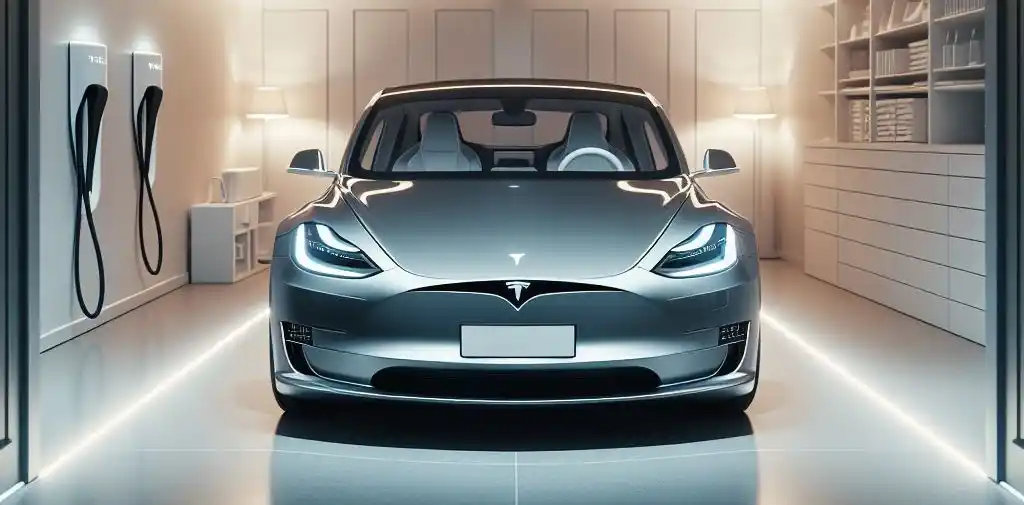
Do public places like supermarkets, parking garages, etc. typically have charging stations suitable to use in poor weather compared to home setups? Yes, most public EV charging points are either fully enclosed or have protective covers that help shield connectors from excessive rain and snow.
Charging station equipment designed for semi-permanent outdoor installation is normally engineered to handle typical local precipitation levels even unattended. But of course, extreme weather events can still exceed tolerances.
There are some advantages public stations have in wet conditions over impromptu mobile charger use:
- Charging kiosks include connector holsters recessed under hoods/roofs
- Cables and plugs stay protected in mounted holsters between uses
- Robust casing & seals prevent moisture from contacting internal parts
- Charging activity is suspended automatically if faults detected
- Durable vandal-proof construction sustains harsh weather
- Raised bollards avoid the build-up of puddled water at the base
Ultimately, EV connectors at dedicated charging points incorporate weatherproofing accommodations surpassing portable cables. However, featured protective measures can vary across specific charging station models. Always check unit enclosures at a given location if charging up a Tesla during heavy rain or snow.
Top Tips to Prevent Water Damage When Charging
To close out, here are some top recommendations for Tesla owners to sustainably charge in wet conditions while avoiding water risks:
- When possible, charge indoors or under fixed covers instead of getting equipment wet unnecessarily
- Wrap cables & connectors with waterproof material if adequate shelter is unavailable
- Limit outdoor charging times during precipitation – condensation still slowly penetrates
- Frequently inspect sockets, cables, & chargers for moisture buildup or entry points
- Ensure firm, snug connections between connectors & ports to sustain integrity sealing
- Be vigilant about tripping hazards from cords stretched across wet walking areas
- Never attempt to charge if wiring/parts are already excessively wet – dry thoroughly first
- Maintain spare umbrellas near common charging areas
- Proactively replace any damaged, worn cables & connectors
The Tesla mobile charge connector provides indispensable flexibility for EV owners to charge from any outlet. While not intrinsically waterproof, following prudent precautions enables safely harnessing this mobility without unnecessary rain risks. Be aware, exercise good judgment, take protective steps as needed – and enjoy charging freedom confidently even in poor weather!
Frequently Asked Questions
Can I leave the Tesla mobile connector plugged in outside during the rain?
It’s not recommended, heavy rain can still seep into connectors left continuously exposed leading to corrosion or shorts. Light showers pose lower risks if connections stay fully mated without significant water pooling. But extended wet periods are best avoided.
Does the charge port on a Tesla resist water if open in rain?
Tesla charge ports have a degree of passive water resistance when closed, but once opened the exposed contacts and pins lack protection. The port should remain shut outside during precipitation or wash cycles to keep the inner charge circuitry safely sealed off.
Can the mobile connector be permanently installed outside?
No, the mobile connector is intended only for temporary connection and is not designed for permanent outdoor installation. Sustained open-air exposure to environmental moisture and temperature extremes will degrade the components over time. A Tesla Wall Connector is a better option for full-time outdoor charging.
Is it okay to use the mobile connector with an indoor outlet located outside?
While common for outdoor living spaces, indoor-rated outlets don’t offer the same weather protections as those designed explicitly for exterior placement. It’s best not to use standard indoor sockets outside when alternatives exist. If that’s the only option, ensure the outlet has an enclosed weatherproof cover paired with the mobile connector.
Conclusion
While the Tesla Mobile Connector isn’t intrinsically waterproof, understanding its weather resistance limitations enables smart operation even during light precipitation. With sensible precautions against overexposure, owners safely charge anywhere AC power is available without severe electrification risks from wet conditions. Handle the mobile charger properly when raining and it will provide owners with reliable service for years to come!

